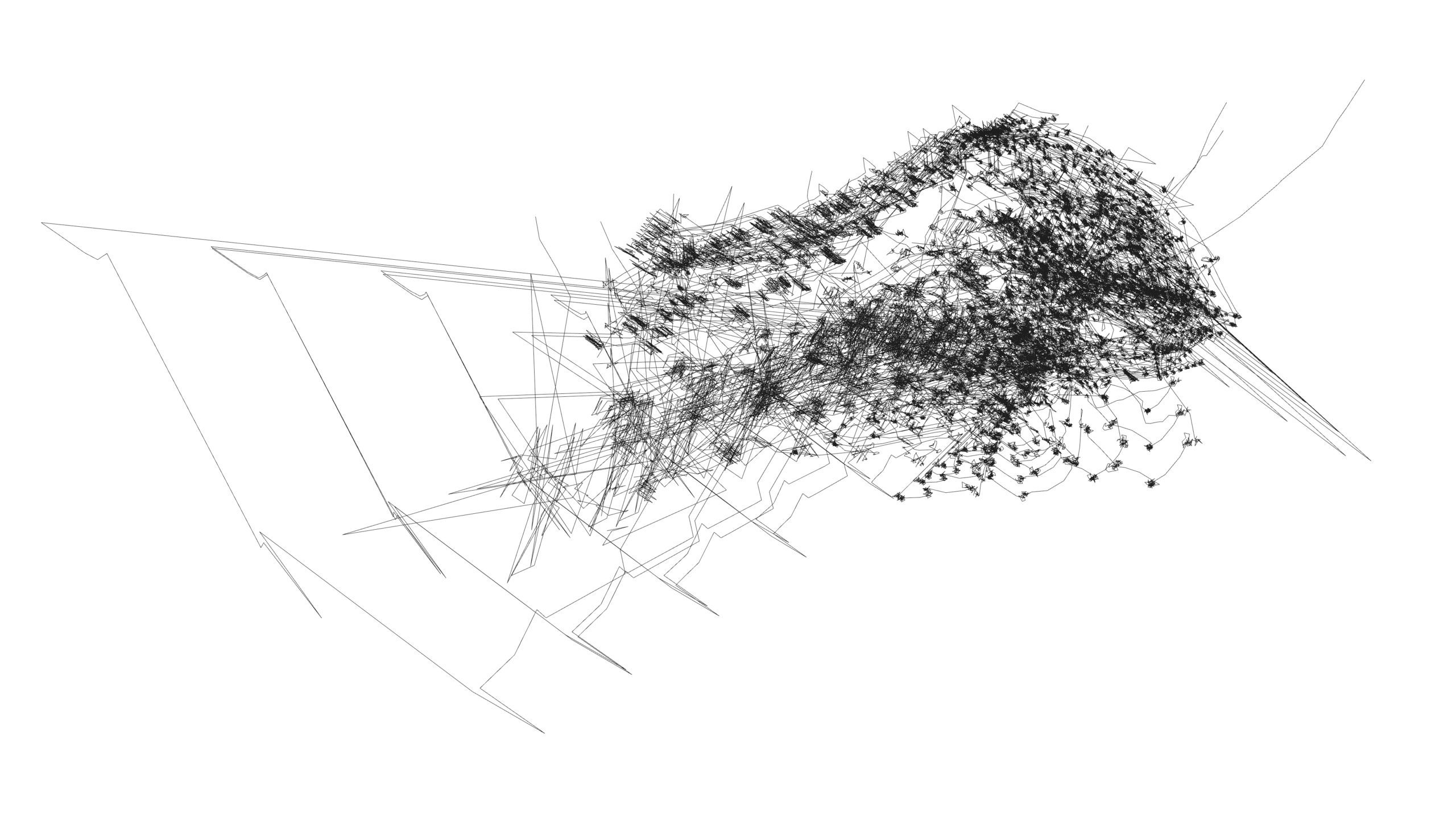
Figure 11: Superimposition of the 6 eye-drawings of my left hand
Figure 11 is a drawing made up of a superimposition of the six eye-drawings in my previous post. When I am eye-drawing from life, I cannot refer to the visual of the ‘physical drawing’ being created as this is only generated during post-processing. Many drawers highlight the importance of this reference in their practice, as does Richard Talbot who specifically talks about perspective drawing and its thinking about the orientation; “to the relationship with the surface of the paper – the picture plane” (Talbot, 2008, p. 45).
The methodology I have been using so far is to import the recorded eye-tracking coordinates (as a set of points) into a 3D software like Rhino, from where I can process them into drawings using a polyline curve (which follows the temporal value of each point). At this stage, the eye-drawing sits in a virtual 3-dimensional space, and I navigate this with the same understanding of when physically drawing on a picture plane. I had not noticed that this was my reasoning while developing these eye-drawings until I recently read an interview of Michael Kidner where he talks about how he governed 3D Studio Max through knowledge coming from his; “previous practical pursuits in the material world” (Eames, 2008, p. 139).
Perhaps it was also this way of thinking/doing that drove my intuition to superimpose the hand eye-drawings. When merged into one image, I see the eye-drawings become an extended representation of moments in time, highlighting the fact that even though while eye-drawing I was attempting to follow a ‘contour’ through an invisible trace, outlines are a synthetic construct and do not exist in nature. There are, therefore, infinite possibilities to its representation as the history of drawing illustrates for us.
In this sense, the image of Figure 11 becomes a continuous eye-drawing (a kind of seismography of the drawing eye) other than 6 superimposed eye-drawings of 15 seconds each.
Is the practice I am dealing with a process of relearning, learning or unlearning (with regards to drawing/seeing/looking/gesturing)? The practice is resulting in new visions and visuals, and the technologies of the eye-tracker together with the 3D software are making them possible. I cannot however mistake the technology for the idea. The machine is not aiding my way of drawing or looking at the world, but is making an image/views possible, which was/were previously unnoticeable. In this context, I elaborated Figure 12, which includes a generative development between the 6 eye-drawings in Figure 11. These algorithmic/generative/computer-aided drawings will be tackled in future posts.
__________
References:
Eames, A., (2008). Embedded Drawing. In S. Garner (Ed.), Writing on Drawing, Essays on Drawing Practice and Research (pp. 125 – 140). Bristol, UK: Intellect Books.
Talbot, R., (2008). Drawing Connections. In S. Garner (Ed.), Writing on Drawing, Essays on Drawing Practice and Research (pp. 43 – 58). Bristol, UK: Intellect Books.

Figure 12: Computational development between the superimposed 6 eye-drawings of my left hand